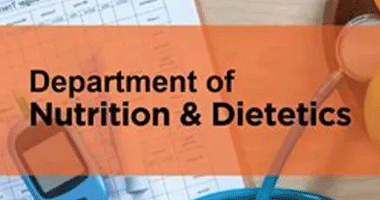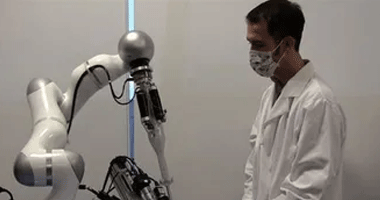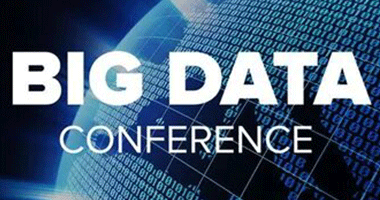Answering 5 frequently asked questions about Organisational Network Analysis

Chloé Meredith, PhD,
People Analytics Consultant, iNostix
People Analytics Consultant at iNostix
In the 2017 Deloitte Global Human Capital Trends*, it was stated that the application of organisational network analysis (ONA) would increase exponentially. Even 48% of the respondents indicated that they were experimenting with ONA tools. However, only 9% understands how their internal organisational networks work. The number of articles and tools that focus on ONA is multiplying, along with the questions that rise among practitioners and clients. I noticed that the questions raised are often times strikingly similar at their core. This article lists the 5 most frequently asked questions and outlines my view on each of these.
Why should I apply ONA in my project or organisation?
ONA provides a structured way to visualise and analyse the relationships (or ties) between employees (or nodes). This analytical technique makes the invisible web of interactions among employees visible and provides insight in the connectivity, collaboration and flow of important resources, such as information, knowledge, expertise, etc. within the organisation.
By providing a bird’s eye view on the organisation, ONA is able to deliver actionable insights that can accelerate strategy execution, business performance and transformation success.
The basic idea is that the connectedness and exchange of resources plays a crucial role in the performance of employees, teams and the entire organisation. By visualizing and analyzing these, otherwise invisible, processes, a wide variety of issues and questions can be addressed, for instance:
• How can we optimise our organisation and workplace design to facilitate and enhance knowledge exchange and collaboration?
• Who are the brokers within our organisation who connect disparate locations, specialties, and silos?
• How can we leverage the power of networks to transform in a smarter way?
• How can we accelerate post-merger or acquisition integration among different units?
• Who are the employees at risk for burnout or attrition and how can we prevent them from leaving (brain drain)?
• Who are our star performers and how can we further enhance their performance and development?
By providing a bird’s eye view on the organisation, ONA is able to deliver actionable insights that can accelerate strategy execution, business performance and transformation success.
How can you collect data on organisational networks?
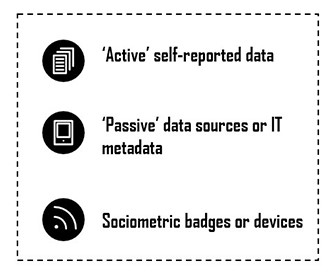
There are different types of data that can be used for ONA, namely active and passive data. Passive data imply the monitoring of behavior through IT metadata (e.g., e-mail traffic, calendar data, participation on collaboration platforms, etc.), while active data require participation from participants, most of the time filling out a survey. Also the combination of passive and active data can further enhance insights and capture different types of interactions. Finally, wearable devices and badges can identify spatial proximity and interactions.
Is it (only) about identifying key influencers?
While identifying key influencers is clearly one of the key value drivers behind ONA, there are many more relevant insights to be gained.
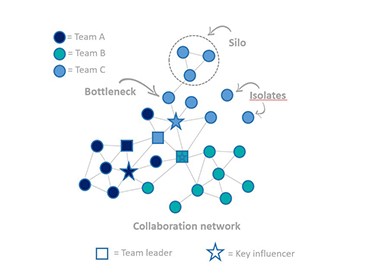
When people ask me questions about ONA, they often refer to the possibility to identify key influencers. Indeed, ONA makes it possible to pinpoint employees that have a large number of (important) connections and therefore, have a large influence on the organisation. As evidence suggests that the top 3% of key influencers can reach 85% of the organisation, these insights are useful in transformation or change processes. While this is clearly one of the key value drivers behind ONA, there are many more relevant insights to be gained. ONA can assist in identifying silos or bottlenecks in the organisation, for instance when it comes to information or knowledge exchange. You can assess how agile organisations actually are, map collaboration within and between teams or units and identify knowledge hubs that are crucial in the daily functioning of the organisation.
What about privacy and anonymity?
This is one of the most frequently asked and crucial questions, especially in the light of GDPR. As with other data, employees have to know in advance what will happen with their data, where the data will be stored, how reporting will look like, etc. In other words, transparency, clear communication and informed consent are key. Inform participants about the why and how, but also illustrate what is in it for them and why it is important to participate.
What are 3 key learnings from previous projects?
1. One of my main learnings is the importance of scoping and contextualising network data in a correct way. It is crucial to assess which type of interactions you are looking at and how you should interpret these within the context of the organisation.
2. Second, when it comes to ONA, response rates are crucial, as incomplete data can result in completely biased network visualisations. In order to achieve high response rates, clear communication and showing what's in it for them is crucial.
3. Finally, while ONA visualisations make networks visible and tangible, my experience is that the combination with descriptive measures (e.g., centrality metrics, density, etc.) and more advanced analytics (e.g., social selection or influence models) makes insights even stronger and more actionable. Moreover, in my opinion, only then correct inferences are made that can lead to valuable insights and next steps.
Wrap-up: Can I start with Organisational Network Analysis today?
It is just a matter of finding the right ONA-expert that guides you along the way and enables you to collect, analyse and report in an efficient and pragmatic way.
ONA is an extremely valuable approach that has great potential for the current business landscape and its (digital) transformations. And while most people think ONA is complex and requires a lot of effort, you can start your ONA project as of today. It is just a matter of finding the right ONA-expert that guides you along the way and enables you to collect, analyse and report in an efficient and pragmatic way.
Subscribe to ICONICEXPRESS Mag
News
A look at the history of public media in the U.S. as Republicans target federal funding
Pilot and 2 young daughters survive the night on airplane wing after crashing into icy Alaska lake
Columbia Planned Tighter Protest Rules Even Before Trump Demanded Them
US House Speaker Johnson says Congress can 'eliminate' district courts
Texas lawmaker Jasmine Crockett defends 'hot wheels' comment about Gov. Greg Abbott
Vance to join wife for Greenland trip on Friday, suggests global security at stake
Columbia student protester can’t be detained for now as she fights deportation, judge rules
Tesla Stock Rises for 5th Straight Session—Watch These Key Price Levels
Kroger countersues rival Albertsons after demise of $25 billion merger
The Best Deals From Amazon’s Big Spring Sale (and Across the Internet) This Week
Asia markets trade mostly higher after Wall Street extends gains on hopes of softer Trump tariffs

